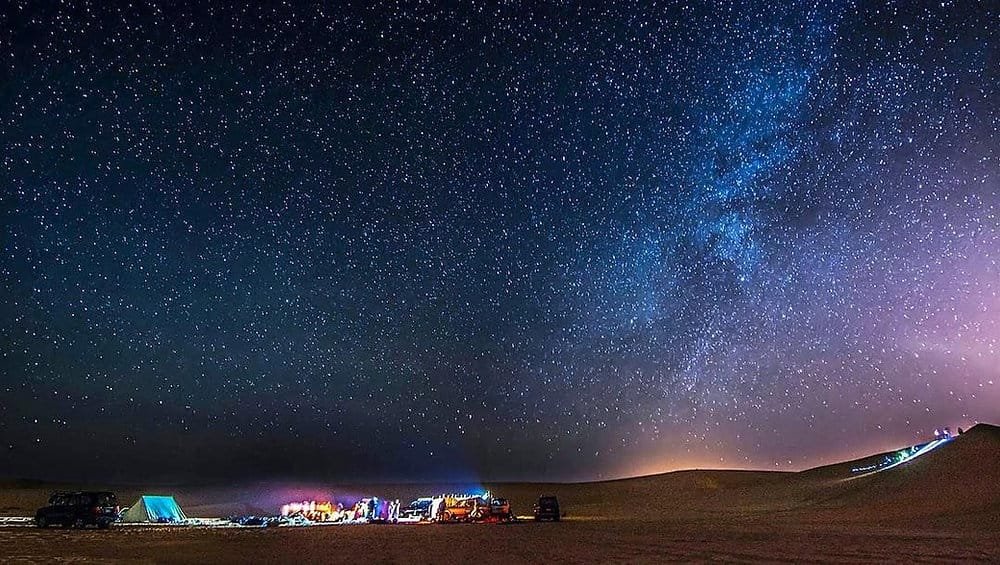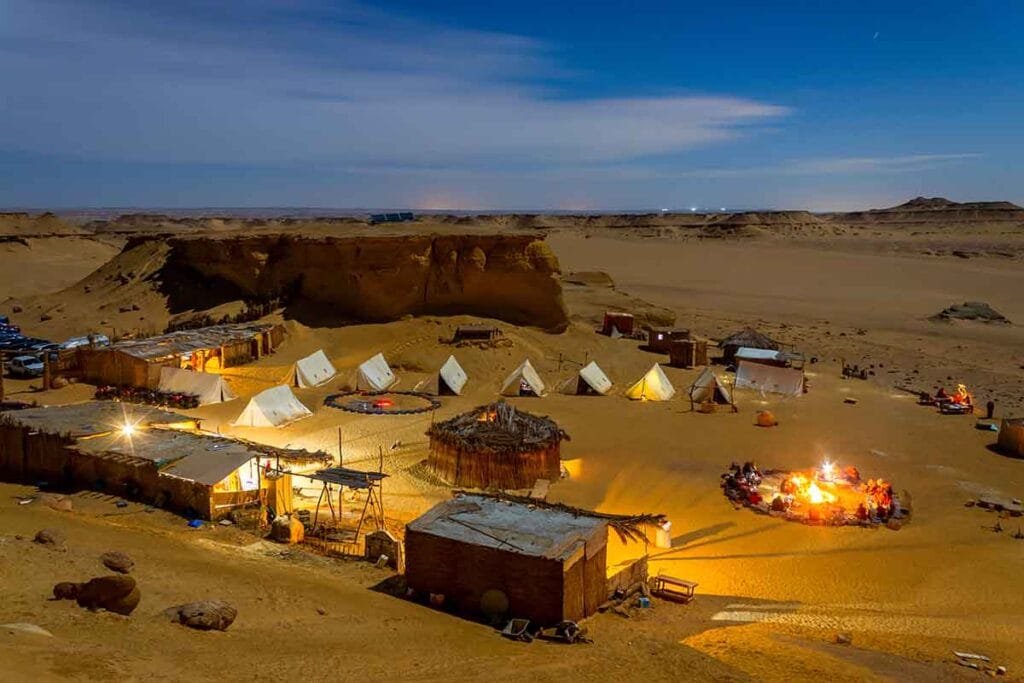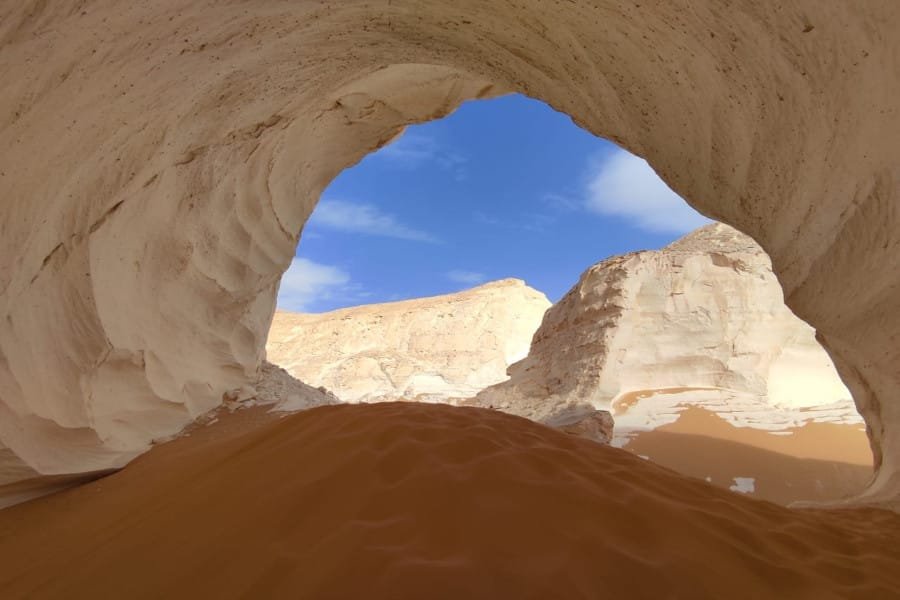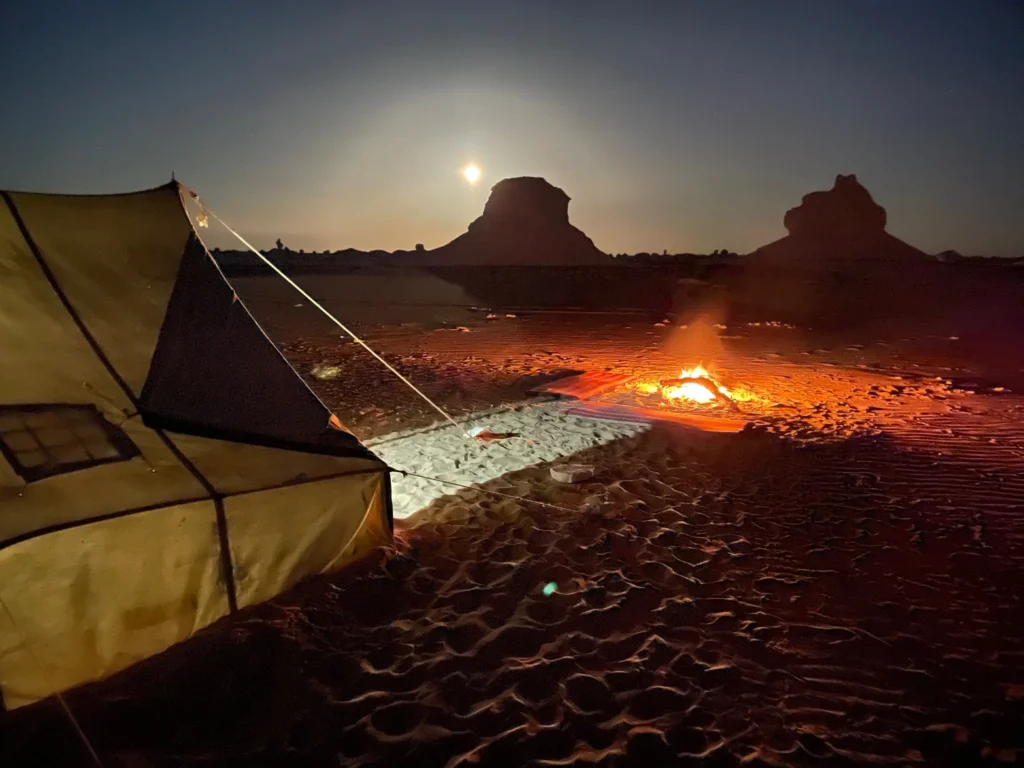Camping in Egypt’s deserts offers a once-in-a-lifetime experience that blends history, adventure, and the raw beauty of one of the world’s most unique landscapes. The Egyptian desert is a vast and captivating place, offering campers the chance to experience a peaceful escape from the world in the same regions that have inspired explorers and adventurers for centuries. From the towering sand dunes of the Sahara to the mystical white desert, Egypt’s desert landscapes are full of beauty, mystery, and opportunities for adventure. Whether you’re an experienced desert camper or someone seeking a new kind of outdoor adventure, camping in Egypt offers a one-of-a-kind experience that lets you connect with nature while immersing yourself in the culture and history of this ancient land.
Camping in Egypt’s desert offers a unique adventure, with the best time to visit from October to April. Explore historical sites like the Siwa Oasis and ancient tombs, and experience Bedouin culture. The clear desert skies provide exceptional stargazing, with views of the Milky Way and meteor showers. During the day, you may spot desert wildlife like camels and foxes, making it a perfect blend of nature, history, and culture.








